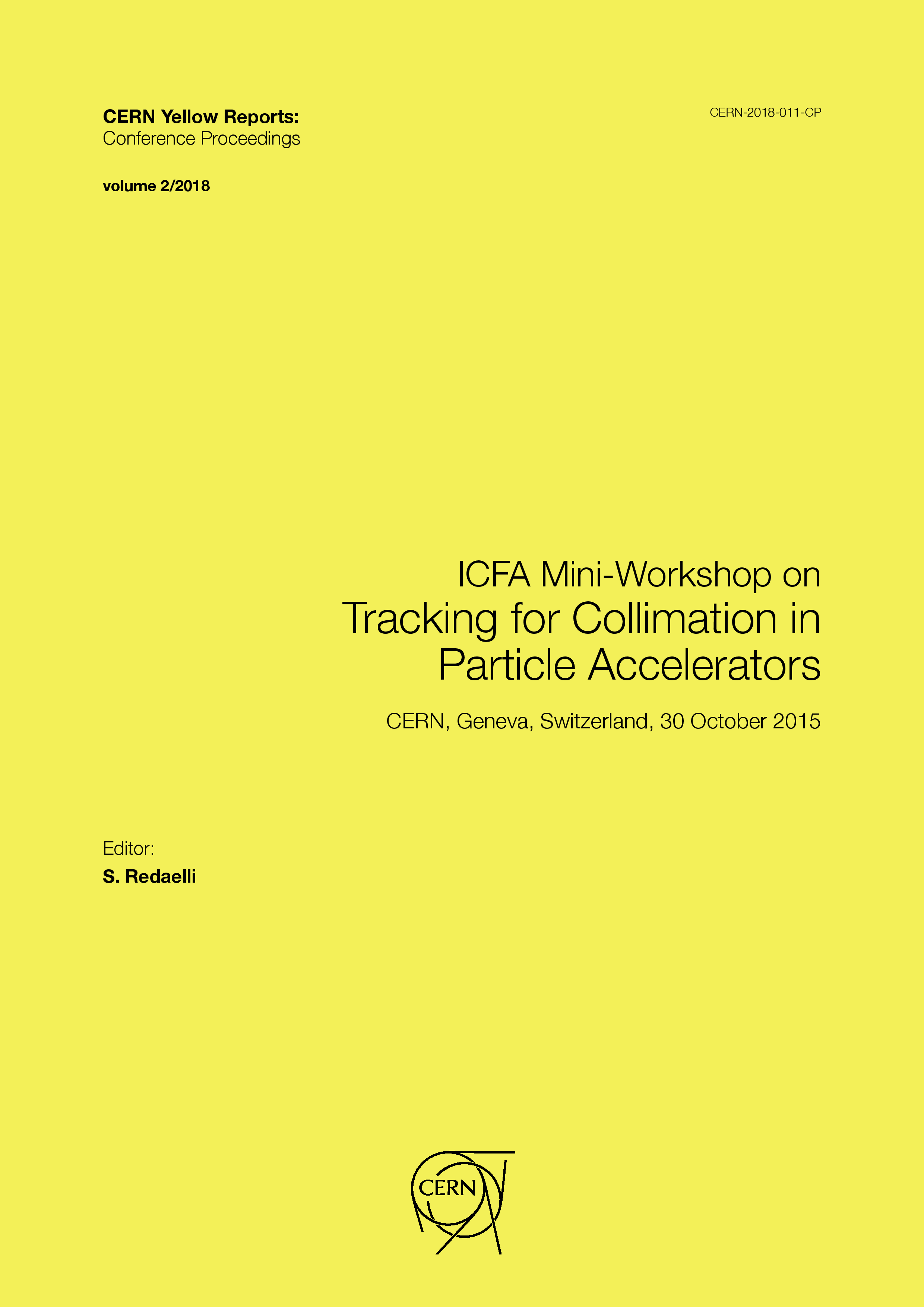Simulation and optimization of beam losses during continuous transfer extraction at the CERN Proton Synchrotron
DOI:
https://doi.org/10.23732/CYRCP-2018-002.189Abstract
The proton beams used for the fixed target physics at the Super Proton Synchrotron (SPS) are extracted from the Proton Synchrotron (PS) by a multiturn technique called continuous transfer (CT). During the CT extraction, large losses are observed in locations where the machine aperture should be large enough to accommodate the circulating beam. This limits the maximum intensity deliverable due to the induced stray radiation outside the PS tunnel. Scattered particles from the interaction with the electrostatic septum are identified as the possible source of these losses. This article presents a detailed study aiming to understand the origin of losses and propose possible cures. The simulations could reproduce accurately the beam loss pattern measured in real machine operation and determine the beam shaving, intrinsic to the extraction process, as the cause for the unexpected losses. Since these losses are unavoidable, the proposed solution implies a new optics scheme displacing the losses to a region with better shielding. New simulations demonstrate the satisfactory performance of the new extraction optics and its suitability to be implemented in the machine. Finally, beam loss measurements in these new operation conditions confirmed the previous simulation results.
Downloads
Published
Issue
Section
License
Copyright (c) 2018 CERN

This work is licensed under a Creative Commons Attribution 4.0 International License.
Authors who publish with this publication agree to the following terms:
- CERN retains copyright and publishes the work licensed under the Creative Commons Attribution License 4.0 that allows others to share the work with an acknowledgement of the work's authorship and initial publication in this series.
- Authors are able to enter into separate, additional contractual arrangements for distribution of the published version of the work (e.g., post it to an institutional repository or publish it in a book), with an acknowledgement of its initial publication in this series.
- Authors are permitted and encouraged to post their work online (e.g., in institutional repositories or on their website) prior to and during the submission process, as it can lead to productive exchanges, as well as earlier and greater citation of published work (See The Effect of Open Access).

